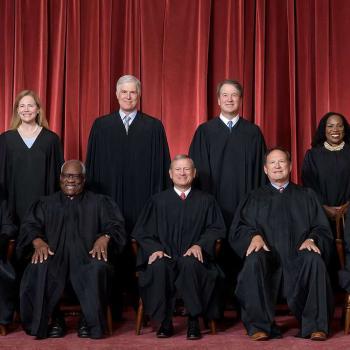Radical feminists promoted Money’s theory as proof that the differences between men and women were not natural, but socially constructed by an oppressive, patriarchal culture. It seemed very convincing. Mothers of boys and girls who saw for themselves were often skeptical of Money’s assertion that a genetic boy could be transformed into a girl with no negative side effects. Money’s twin case, however, appeared to offer incontrovertible evidence that socialization could override biology.
The radical feminist agenda combined his concept of gender identity as socially constructed with the Marxist idea that all history is the history of class struggle. According to their gender theory, the first class struggle was between men and women, and women were the first oppressed class. They furthermore claimed that all social differences between men and women were not natural, but made up by men to oppress women. According to this gender theory, the way to eliminate the oppression of women was to eliminate all social differences between men and women. This would be achieved by mainstreaming a gender perspective under which any societal recognition of the differences between men and women would be labeled a stereotype and eradicated. Quotas would be imposed so that men and women would participate in every activity in society in statistically equal numbers and receive statistically equal power and rewards. Any deviation from absolute statistical equality would be regarded as evidence of sexist discrimination.
The problem with this is that it failed to distinguish between stereotypes, which do limit women’s ability to participate as equals in society, and real differences between men and women which should be acknowledged. Equality of rights, equal treatment under the law, equal opportunity, and equal access to education are important goals; however, in some very important areas, men and women are different, and if allowed to freely choose which activities to participate in, they will not arrive at absolute equality. Given freedom, a percentage of women will choose to make motherhood their primary vocation, either leaving the workforce to devote themselves to their children or choosing jobs which allow them more time with their families. Thus, fewer women will participate in paid work and a percentage of those who do will work shorter hours in less demanding fields, and in the aggregate receive lower wages. The radical feminists were well aware of this, and they pressured governments to institute policies which would force women out of the home and into the workforce. Behind the gender perspective are anti-motherhood policies that are fundamentally anti-woman, anti-child, and anti-family. For example, at the Beijing UN Conference on Women, there was not one positive reference to motherhood, marriage, or husbands was nowhere to be found in the official documents of the conference, but “gender” – as in “mainstreaming the gender perspective” – appeared over 300 times.
At the UN Conference in Cairo in 1994, a paper was circulated outlining a strategy for forwarding the demands for sexual and reproductive rights by twisting the meaning of universally accepted human rights. If the goal is the total elimination of sex difference, then the most obvious difference between men and women is the undeniable fact that if a man and a woman engage in sexual relations, only the woman can become pregnant. To make women the same as men in this regard, women had to be able to have sexual relations and not be pregnant. Contraception and abortion became the sine qua non of the feminist revolution. To achieve this, they demanded the recognition of what they termed sexual and reproductive rights – namely, unfettered access to contraception and abortion, absolute sexual freedom for children and adults, and comprehensive sex education – which, besides pushing contraception, abortion, and absolute sexual freedom at every level, also taught students that any non-positive comments about homosexuality were evidence of homophobia and bigotry.











